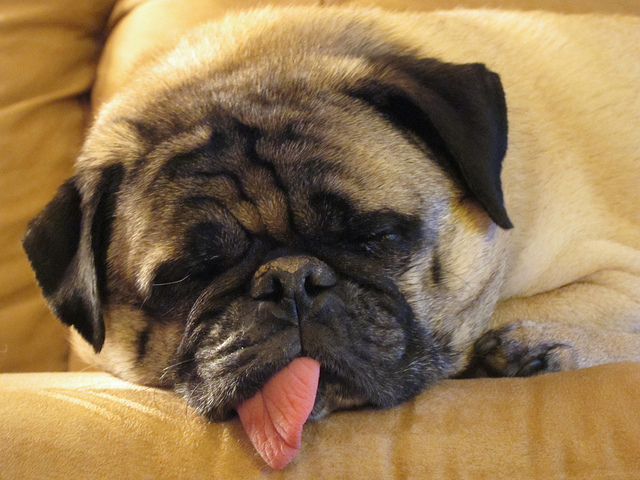Many people suffer from sleep apnea, particularly older adults. Sleep apnea is a pausing of breath or shallow breathing while you sleep. But, because it occurs during sleep, it often goes undiagnosed and untreated. Indeed, it is estimated that up to 80 percent of people with sleep apnea have not been diagnosed for it.
Most people with sleep apnea have obstructive sleep apnea. During sleep the airway collapses or is blocked. When air squeezes through the blockage it can cause you to snore loudly. People who are overweight are more likely to have it. A small number of people have central sleep apnea. With this condition, the part of your brain that controls your breathing will not send the proper signals and you will not breathe for short periods.
The National Institutes of Health explains that sleep apnea has one of two causes: a person’s physical structure or medical conditions. A wide variety of medical conditions could cause sleep apnea, including obesity, large tonsils, disorders, neuromuscular disorders, heart or kidney failure, certain syndromes, and premature birth.
Sleep apnea symptoms include snoring, stopping breathing, or gasping during your sleep. If sleep apnea is severe, you might experience 30 or more long interruptions in breathing an hour. Or, interruptions can be few and only last for a few seconds. But, these interruptions in your breathing can pull you out of your deep sleep into a light sleep. You then end up with a bad night’s sleep and may feel tired during the day. You might also wake up with a headache.
Healthy changes in your lifestyle could decrease your risk of developing sleep apnea. Smoking, drinking alcohol and unhealthy eating patterns that lead to obesity all could increase your risk of sleep apnea.
Sleep apnea, when untreated, is associated with heart disease and heart deaths, as well as high blood pressure or hypertension. It can increase your risk of asthma, atrial fibrillation and pancreatic, renal and skin cancers. Sleep apnea is more prevalent among people with diabetes, coronary artery disease and congestive heart failure.
Your doctor cannot diagnose sleep apnea through a blood test. It is typically diagnosed through a polysomnogram. Once diagnosed, you can usually treat sleep apnea through changes to diet and lifestyle, devices that help you breathe, mouthpieces and surgery.
The NIH has a short video to help you better understand what happens to people with sleep apnea. And, here are seven tips from the National Institutes of Health for getting a good night’s sleep.
Here’s more from Just Care:
- Take advantage of Medicare’s annual wellness visit
- Seven tips for getting a good night’s sleep
- Prednisone can have sinister side effects
- Common OTC drugs linked to cognitive impairment
- How to help someone you love decide to stop driving
- Six things you should know about your 2016 Social Security benefits










